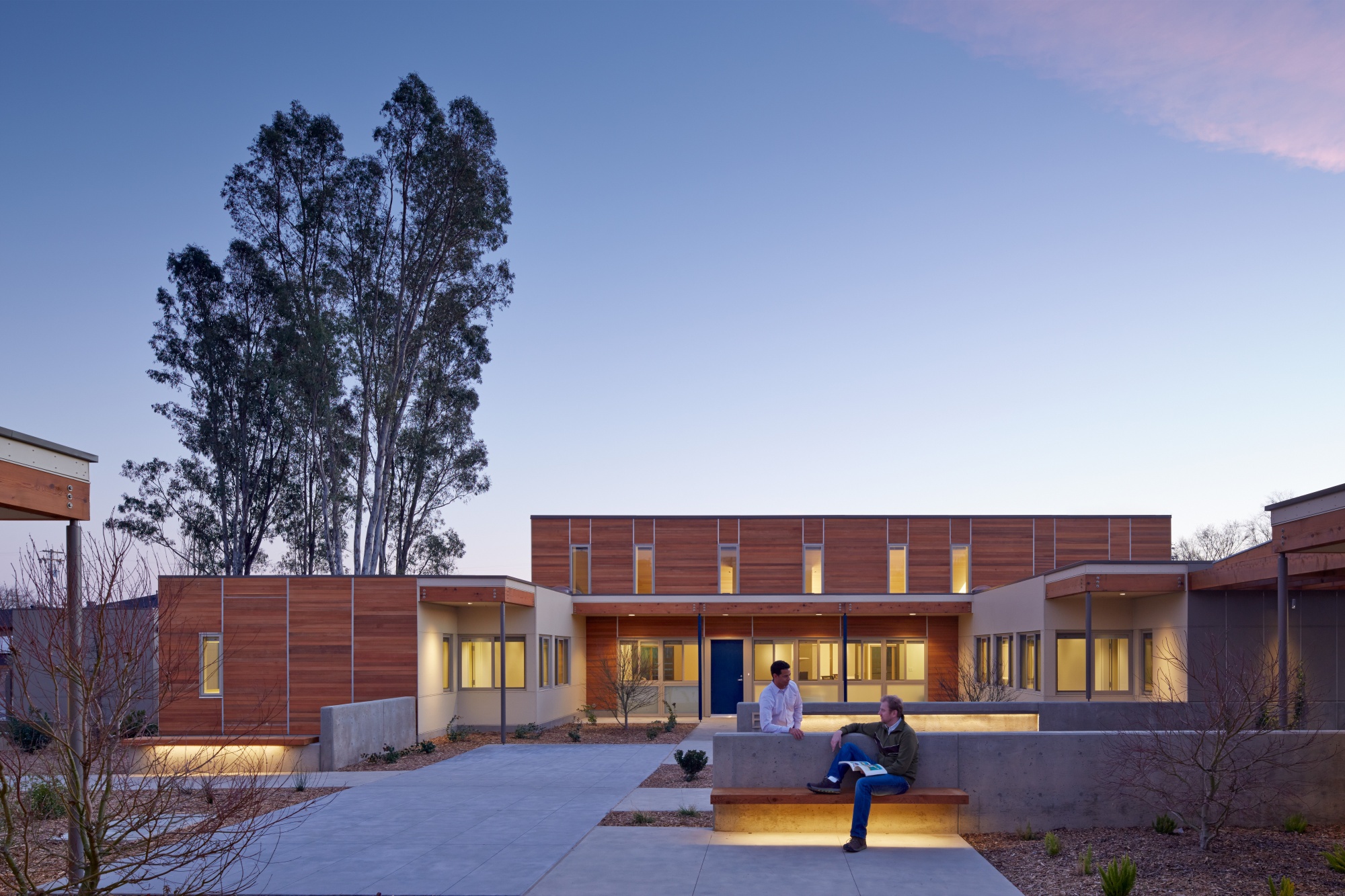Introduction
Inclusivity is not just a goal; it’s a fundamental right. Real estate is at the forefront of a movement to create accessible spaces for everyone. This article explores how inclusive design is reshaping the real estate industry. We’ll delve into the principles of accessible architecture, innovative technologies, and the concept of universal housing, highlighting the pivotal role of real estate in promoting accessibility.
The Power of Inclusive Design
Inclusive design is about creating environments, buildings, and communities that cater to the needs of all individuals, regardless of their age, ability, or background. In the realm of real estate, it’s about ensuring that no one is left behind.
The Pillars of Inclusive Real Estate
1. Accessible Architecture
Accessible architecture is the cornerstone of inclusive design. It goes beyond the basics of ramps and wide doorways. It includes thoughtful features like tactile signage for the visually impaired and well-placed handrails for those with mobility challenges.
2. Innovative Technologies
The integration of innovative technologies is revolutionizing inclusive design in real estate. From voice-activated controls that make homes smarter and more accessible to advanced home systems that cater to a variety of needs, technology is a driving force behind accessibility.
3. Universal Housing
Universal housing is gaining traction. It’s about creating homes that are adaptable and flexible, capable of evolving with the changing needs of their occupants. This approach is invaluable for individuals who face age-related challenges and for multigenerational households.
Real-World Impact
1. Multigenerational Housing
The rise of multigenerational housing is a testament to the transformative impact of inclusive design. Homes that can accommodate grandparents, parents, and children of all ages ensure that families can live together harmoniously.
2. Co-Living Spaces
Co-living spaces are leading the charge in inclusivity. They provide fully furnished apartments and shared spaces designed for convenience and accessibility, ensuring a harmonious living experience for residents with diverse needs.
3. Adaptive Reuse Projects
Adaptive reuse projects are revitalizing old buildings into accessible and vibrant community spaces. These projects seamlessly blend historic preservation with modern amenities, creating spaces that celebrate inclusivity.

Empowering Communities
Inclusive design doesn’t just empower individuals; it empowers entire communities. Real estate projects that embrace these principles foster vibrant and diverse neighborhoods, ensuring that everyone has the opportunity to participate fully in the community.
A Future of Accessible Living
Inclusive design in real estate is not just a trend; it’s a commitment to a more accessible and welcoming world. As architects, developers, and communities continue to embrace these principles, our cities and homes will continue to break down barriers. The future is a place where everyone is welcome, valued, and able to thrive, regardless of their abilities or background. Real estate isn’t just about constructing buildings; it’s about building a world where everyone has equal access and opportunity.
Key Points on Inclusive Design in Real Estate:
| Key Point | Description |
|---|---|
| Accessible Architecture | Focuses on thoughtful placement of features for a wide range of physical and cognitive abilities, such as tactile signage and well-placed handrails. |
| Innovative Technologies | The integration of innovative technologies, including voice-activated controls and advanced home systems, is driving accessibility in real estate. |
| Universal Housing | Universal housing creates adaptable homes that evolve with occupants’ changing needs, benefiting those with age-related challenges and multigenerational households. |
| Multigenerational Housing | Homes designed to accommodate individuals of all ages ensure harmonious coexistence of multigenerational families. |
| Co-Living Spaces | Co-living spaces provide fully furnished apartments and shared spaces designed for convenience and accessibility for diverse residents. |
| Adaptive Reuse Projects | Adaptive reuse projects transform old buildings into accessible community spaces, merging historic preservation with modern amenities. |
| Empowering Communities | Inclusive design empowers entire communities, fostering vibrant and diverse neighborhoods that enable full participation for everyone. |
Conclusion
Inclusive design in real estate is not just a trend; it’s a profound commitment to creating environments where everyone’s needs are met. Accessible architecture, innovative technologies, and universal housing are transforming the industry, making it more accessible and welcoming for all. Multigenerational housing, co-living spaces, and adaptive reuse projects are breaking down barriers, creating harmonious living experiences for diverse residents and revitalizing old buildings into vibrant community spaces. Inclusive design doesn’t just empower individuals; it empowers entire communities, fostering vibrant and diverse neighborhoods where everyone can participate fully. The future is a place where everyone is welcome, valued, and able to thrive, regardless of their abilities or background. Real estate is about more than constructing buildings; it’s about building a world where everyone has equal access and opportunity.



